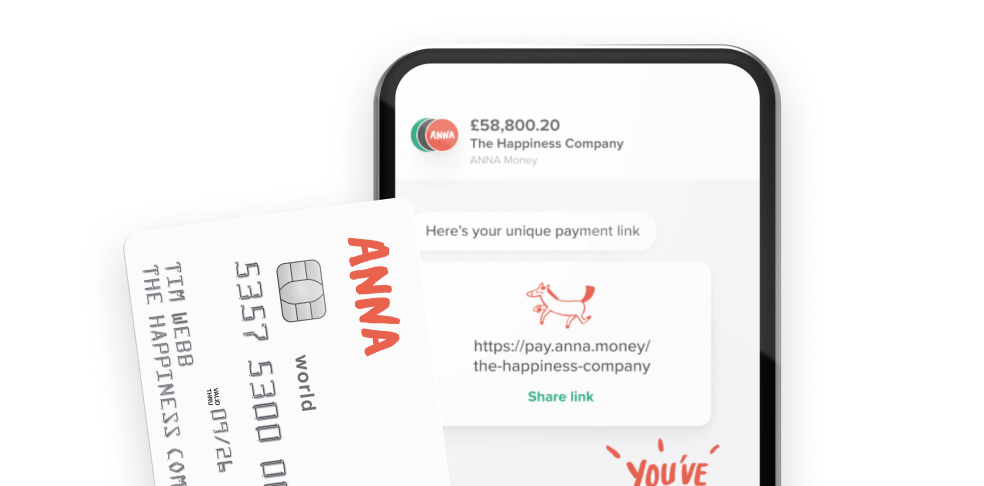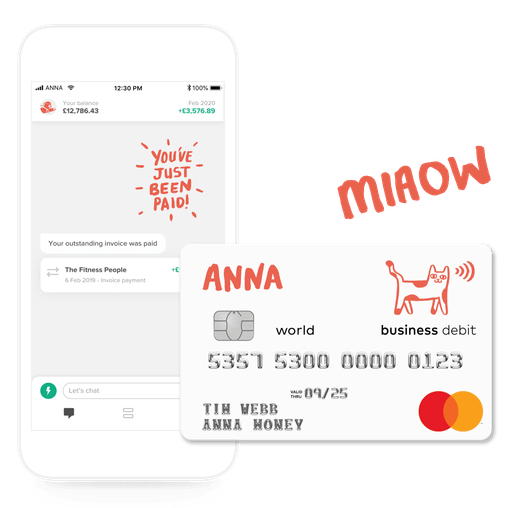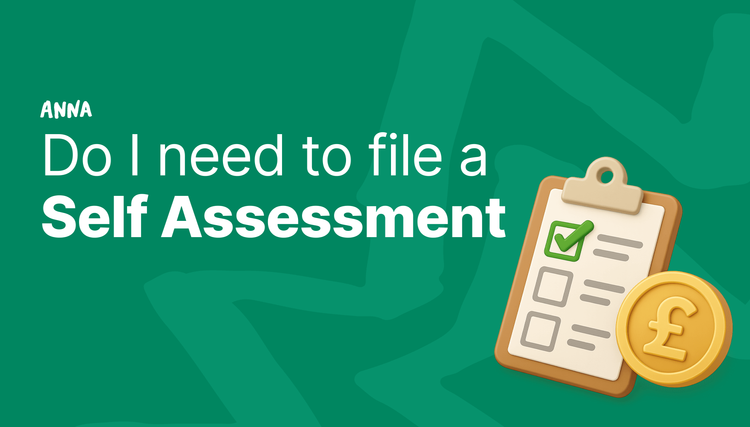We’ve put together this handy guide to fill you in on everything you need to know about Making Tax Digital (MTD). Read on to understand why it’s in place and how it impacts your business.


Why do we have Making Tax Digital?
Why did the UK Government introduce MTD? Over the last few years, the process of doing business has become more and more digital. Even the process of keeping records for transactions and tax has moved into almost entirely digital mediums. The benefit is that this reduces the chance for errors in tax returns, especially due to math mistakes or records not being moved correctly.
The impetus behind MTD is the aim of making HMRC “one of the most digitally advanced tax authorities in the world”. For this to happen, there needs to be a seamless integration between tax authorities, businesses, and third-party software.
MTD started an initial roll-out in 2019 for VAT-registered business with an annual turnover of over £85,000. By 9 March 2020, more than 1.4 million businesses were making use of the service and more than 4 million VAT returns had been submitted using MTD-compatible software.
Even if a business does not meet the current VAT threshold, HMRC still advises that they sign up for MTD. This is because keeping records as well as submitting and viewing tax returns digitally provides much better insight into the state of the business. However, this will change in April 2022 when even businesses under the VAT threshold must register for MTD.
MTD for VAT
To submit a VAT return online, businesses must now make use of MTD-compatible software that allows them to directly send through their records to HMRC. However, some businesses still find it preferable to use spreadsheets to track and store necessary VAT data. To accommodate this, MTD was amended to allow bridging software to connect with spreadsheet records to submit returns. This means businesses have the flexibility and options to submit their returns in whatever way is best for them.
The records that you need to keep to submit your VAT return include:
- Business name and contact details
- VAT number and details of any schemes used
- VAT on supplies made and received
- Adjustments to returns
- Time of supply (tax point)
- Rate of VAT charged on supplies made
- Reverse charge transactions
- Daily gross takings if you use a retail scheme
- Purchases of assets you can reclaim tax on if you use the Flat Rate Scheme
- Value of sales made and total output tax on Gold Accounting Scheme purchases (if applicable)
- Documents covering multiple supplies made or received on behalf of your business
MTD for Income Tax (sole traders)
As with MTD for VAT, sole traders and landlords will also submit their tax return through MTD-compatible software if their income is above £10,000 annually. After joining MTD for Income Tax, businesses will need to submit quarterly returns rather than one annual one. These are a summary of digital records of income and expenses with no need for any accounting adjustments. Once submitted, they will get sight of their current tax position, which can assist in planning for the rest of the year. At the end of year, after your final report, your total tax will be calculated and you will then be able to claim for any reliefs or allowances.
While a public beta was launched in March 2018, it has remained on a very small scale as the government’s focus has been on getting MTD for VAT running smoothly. There has been no announcement around when this will be rolled out on a larger scale.
The MTD timeline
As mentioned above, all VAT-registered businesses must be MTD registered and compliant by April 2022. The current date for all self-employed business owners (sole traders) and landlords with an annual income of over £10,000 to be MTD registered is April 2024. A year later, in April 2025, it will be time for general partnerships with an annual turnover of £10,000. Finally, the earliest possible date that MTD for Corporation Tax will be introduced is April 2026.
The easy way to submit VAT returns for MTD
ANNA Money makes it easy to keep on top of your business and tax requirements. It just takes a few minutes to get set up and then you can create and send invoices, track expenses and take care of your company tax returns. Check our VAT filing tool for your free first filing to HMRC, or get ANNA +Taxes to cover all the issues associated with running a business.
Read the latest updates
You may also like
Open a business account in minutes



![How to Start a Currency Exchange Business in the UK [Guide]](https://storage.googleapis.com/anna-website-cms-prod/medium_Cover_3000_Landscaping_Business_Names_Creative_Name_Ideas_daad2f9e2a/medium_Cover_3000_Landscaping_Business_Names_Creative_Name_Ideas_daad2f9e2a.webp)




![140 Creative Tutoring Business Names [Ideas & Examples]](https://storage.googleapis.com/anna-website-cms-prod/medium_Cover_3000_Landscaping_Business_Names_Creative_Name_Ideas_d7964059b3/medium_Cover_3000_Landscaping_Business_Names_Creative_Name_Ideas_d7964059b3.webp)

![How to Start a Self-Employed Business in the UK [Guide]](https://storage.googleapis.com/anna-website-cms-prod/medium_Cover_3000_Landscaping_Business_Names_Creative_Name_Ideas_fe5b6edef1/medium_Cover_3000_Landscaping_Business_Names_Creative_Name_Ideas_fe5b6edef1.webp)
![How to Start an Electrician Business in the UK [Guide]](https://storage.googleapis.com/anna-website-cms-prod/medium_Cover_3000_How_to_Start_a_Car_Detailing_Business_Successfully_74488a6268/medium_Cover_3000_How_to_Start_a_Car_Detailing_Business_Successfully_74488a6268.webp)










![How to Start a Graphic Design Business in 2026 [Full Guide]](https://storage.googleapis.com/anna-website-cms-prod/medium_Cover_3000_How_to_Start_a_Graphic_Design_Business_in_2025_d8d412cdf5/medium_Cover_3000_How_to_Start_a_Graphic_Design_Business_in_2025_d8d412cdf5.webp)


